Government services play a vital role in meeting citizens’ needs. However, many public agencies face a persistent challenge: outdated IT systems. These legacy systems often hinder progress, making delivering efficient, secure, and timely services harder. Modernizing IT infrastructure is the path forward, allowing agencies to operate more effectively and provide better outcomes for those they serve.
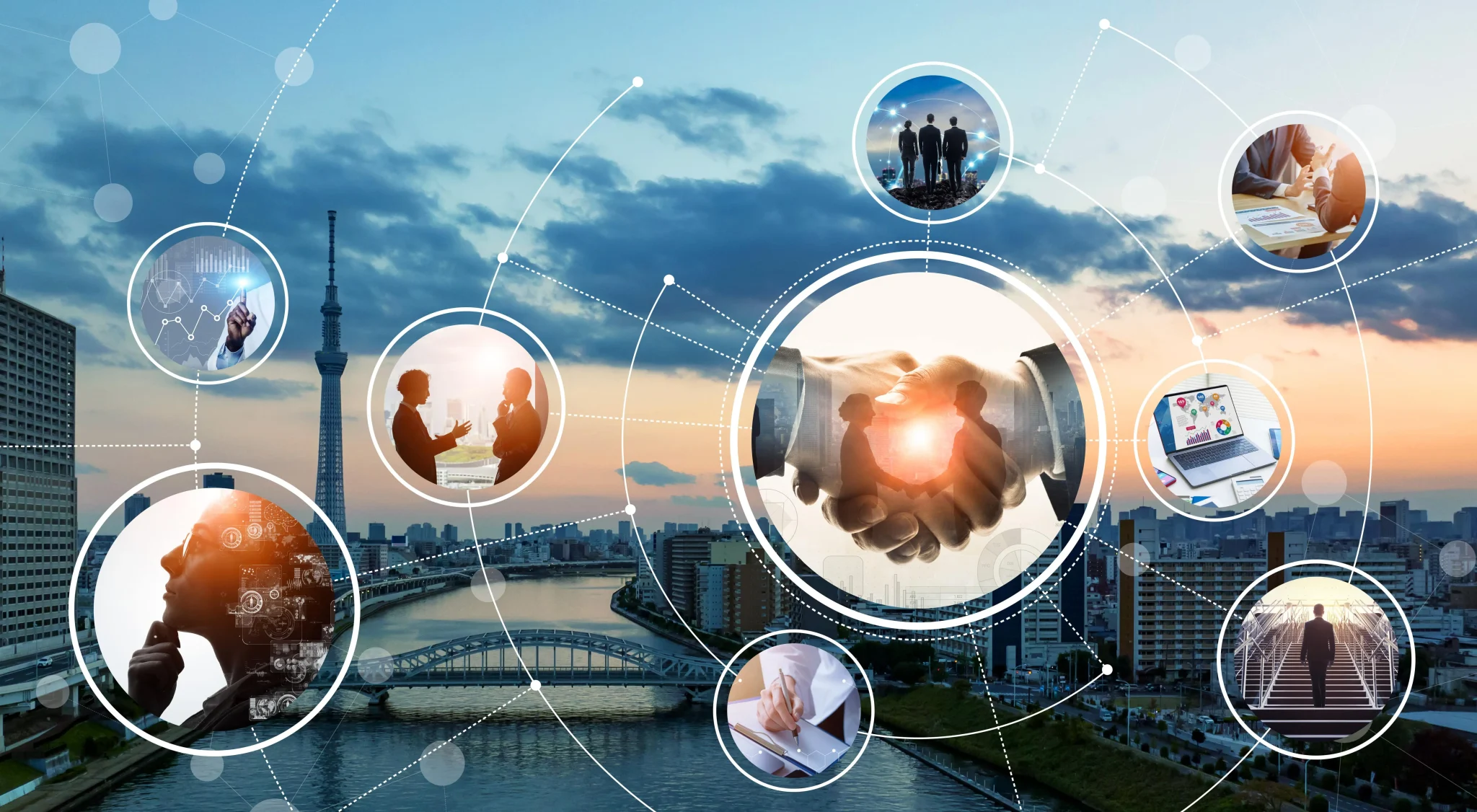

Government agencies are entrusted with a critical mission: delivering reliable, secure, and efficient services that support the well-being of citizens. Yet, this responsibility is often made more difficult by the weight of outdated IT systems. These legacy systems, once the backbone of operations, now need help to meet the demands of today’s fast-paced environment. They create bottlenecks in service delivery, drain resources with high maintenance costs, and leave sensitive data vulnerable to increasingly sophisticated threats.
For public sector leaders, the challenge is clear. They are tasked with delivering innovation while navigating tight budgets, ensuring compliance with complex regulations, and addressing the growing expectations of a tech-savvy public. This is no small feat. In many cases, leaders in the government space find themselves fighting against their own infrastructure to achieve progress. But here’s the truth: they aren’t the problem—they are the solution.
Government professionals who tackle these challenges are the heroes driving change. They understand that transforming public services requires more than maintaining the status quo. It takes bold decision-making, a vision for the future, and the right guidance to bring modernization efforts to life. That’s where Global IT steps in—not as a savior but as a trusted partner ready to equip these leaders with the tools, expertise, and support they need to succeed.
This article outlines how IT modernization empowers government agencies to overcome their toughest challenges. Public sector leaders can deliver the efficiency, security, and innovation their communities deserve with the right approach and strategic guidance. Together with Global IT, they can turn obstacles into opportunities, ensuring their efforts have a lasting impact. Let’s examine how this transformation unfolds.
Outdated technology impacts governments in many ways. Maintenance costs climb as hardware and software age, and obsolete systems often lack compatibility with newer tools. These issues result in slower service delivery, missed opportunities for innovation, and heightened security risks.
For example:
Legacy systems often fail to meet modern cybersecurity requirements, putting sensitive data at risk.
Manual processes and outdated software slow operations, frustrating employees and the public.
As experienced personnel retire, fewer people know how to maintain and operate older systems.
Each of these challenges contributes to inefficiencies and reduced trust in public services.
Upgrading IT systems allows governments to replace outdated tools with modern, scalable solutions. These changes improve performance, enhance security, and create a seamless experience for everyone involved.

Faster systems and integrated platforms allow agencies to respond to citizen needs more efficiently.
Cloud computing and automation reduce operational costs over time, reallocating resources to critical priorities.
Real-time data and analytics enable agencies to create more informed policies.
Modernization doesn’t just fix current problems. It positions agencies to adapt as technology continues to evolve.
Modern IT systems rely on key technologies to drive meaningful change. Each plays a distinct role in improving government operations.
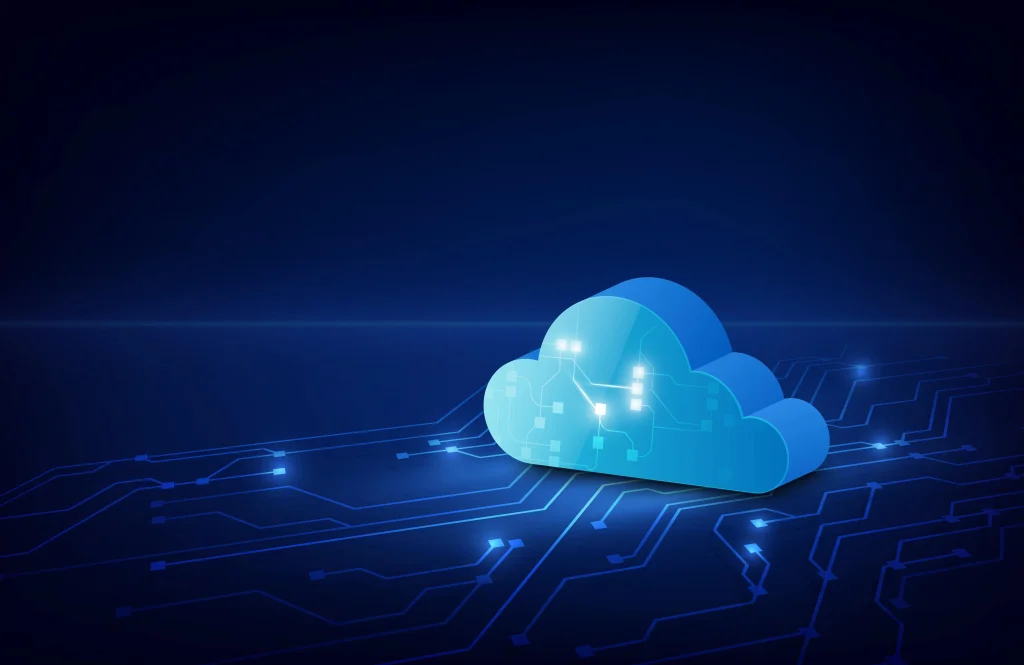
Cloud technology eliminates the need for bulky servers and provides on-demand scalability. By moving operations to the cloud, agencies gain flexibility while reducing costs associated with physical hardware.
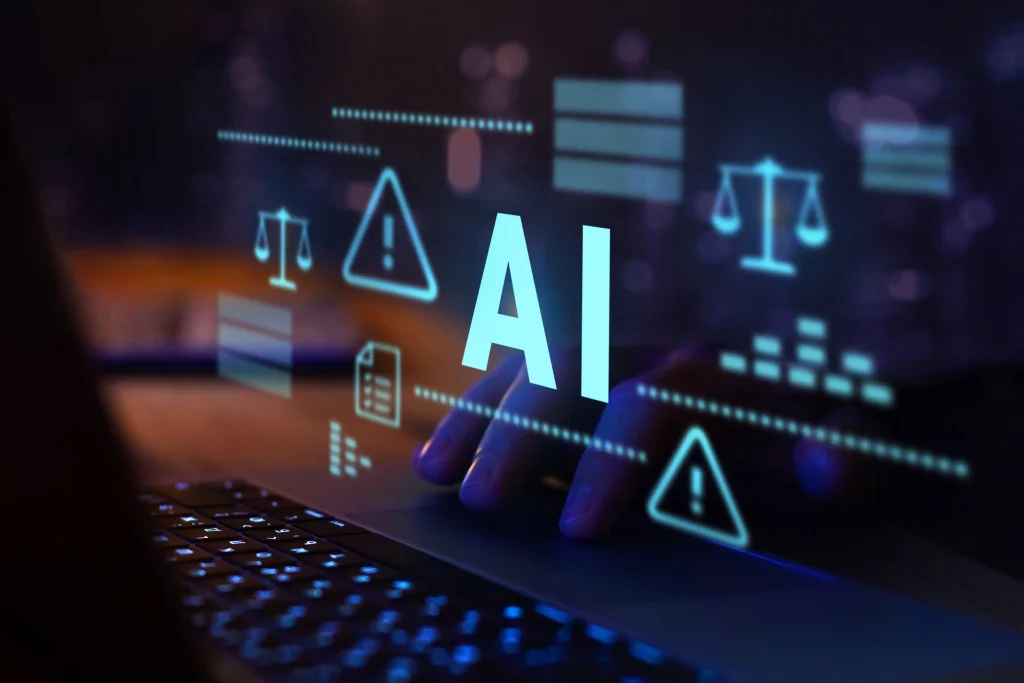
AI tools streamline workflows, automate routine tasks, and improve decision-making. Governments can use AI to process applications, analyze vast datasets, or detect fraud.
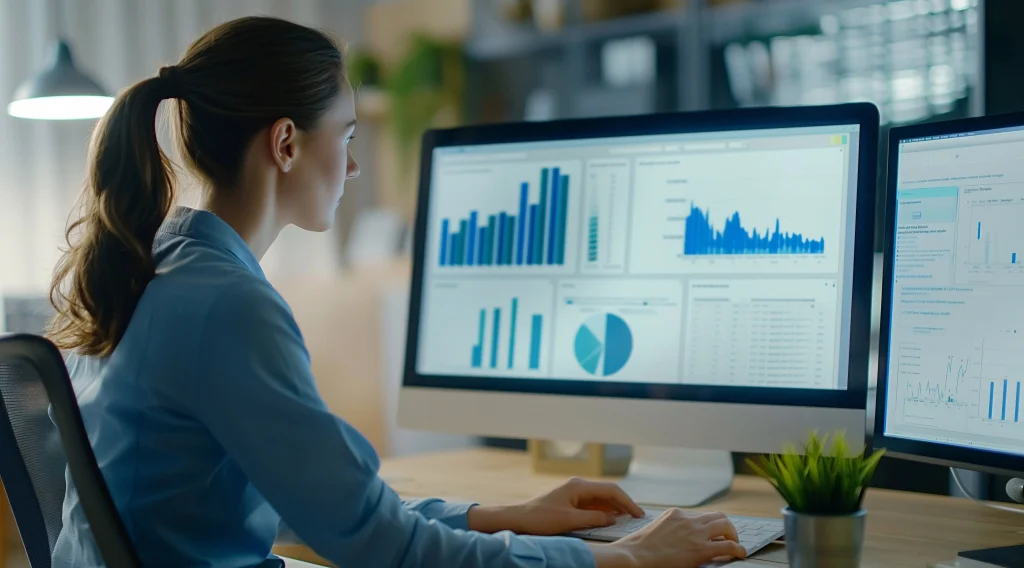
Analytics tools allow governments to proactively identify patterns, predict trends, and address issues. Analyzing usage data, for example, helps agencies allocate resources more effectively.
By adopting these technologies, governments can modernize their operations while preparing for the future.

Modernizing IT systems requires addressing specific challenges. Each roadblock demands a thoughtful approach to ensure progress.
Modernization requires upfront investment. Breaking the process into smaller, prioritized projects helps manage costs while delivering results incrementally.
New systems introduce potential vulnerabilities. To protect sensitive data, agencies must adopt robust security measures during implementation.
Employees accustomed to legacy systems may resist new tools. Offering training and ongoing support encourages adoption and builds confidence.
Careful planning and a commitment to addressing these issues can prevent delays and setbacks.
Governments worldwide are already modernizing their IT infrastructure with measurable success. Agencies that assess their current systems identify inefficiencies and adopt the right technologies see significant improvements in service delivery.
For instance, moving to cloud-based platforms has allowed some governments to cut processing times for public services by 50%. Others have implemented AI-powered tools to automate manual processes, freeing employees to focus on more impactful work.
These examples show that change is possible with the right strategy and execution.
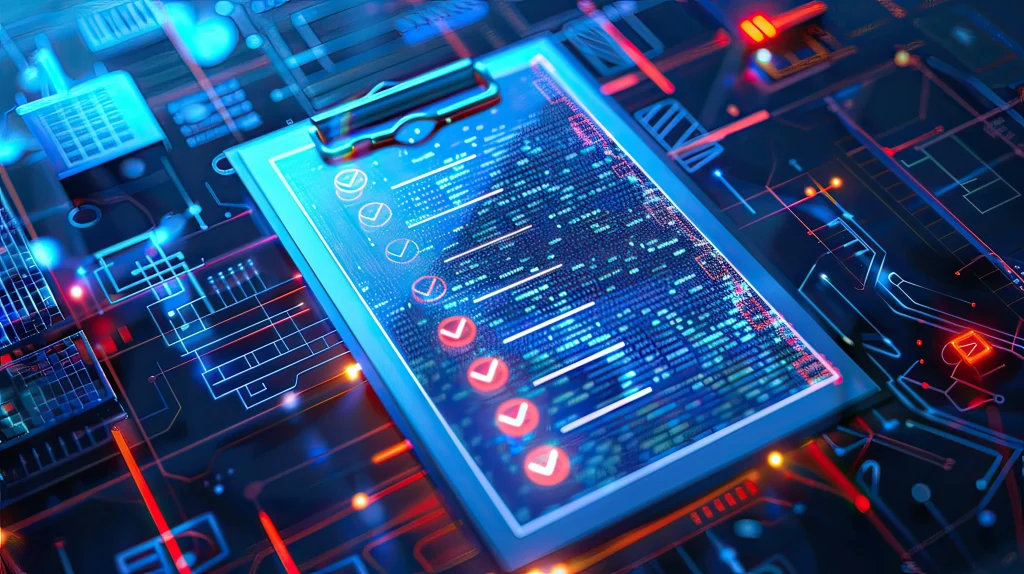
To modernize effectively, agencies need a clear plan. The following steps can guide governments through the process:
Identify inefficiencies and areas where legacy systems fall short.
Focus on changes that will provide the most significant impact, such as upgrading high-use systems.
Choose tools like cloud platforms and AI that can grow with your organization's needs.
Collaborate with industry leaders, such as Global IT, to ensure smooth implementation.
Provide employees with the resources to use new systems effectively.
Continuously evaluate outcomes and adjust to meet long-term goals.
Each step helps minimize disruption while maximizing the benefits of modernization.
Technology continues to advance, and governments must adapt to meet growing demands. Emerging tools like blockchain, IoT, and machine learning promise even greater opportunities for public agencies. These innovations will enable faster processes, stronger security, and better service delivery.
By acting today, agencies can build a foundation for a future where technology seamlessly meets citizens’ needs. The right IT infrastructure ensures governments stay responsive, secure, and prepared for whatever comes next.
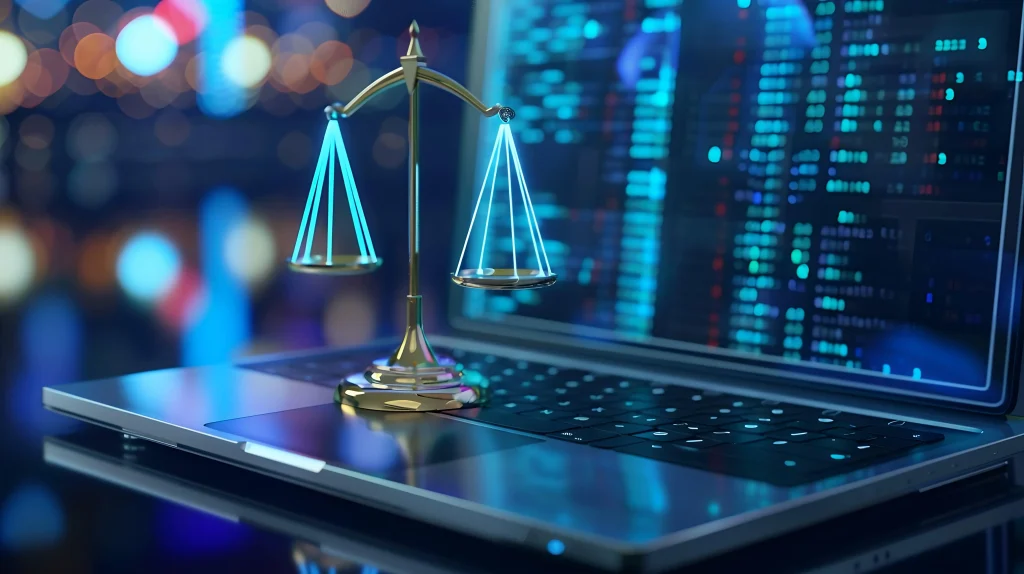

Modernizing IT systems is challenging, but Global IT offers the expertise and tools to make it achievable. With years of experience and focused on delivering tailored solutions, Global IT helps public sector organizations tackle their toughest IT challenges. Visit Global IT’s blog for more insights on modernizing your infrastructure effectively.
Connect with us today! Do you have specific worries about introducing new technology at your facility? Please email us at info@globalit.com with your tips or concerns about technology implementation.